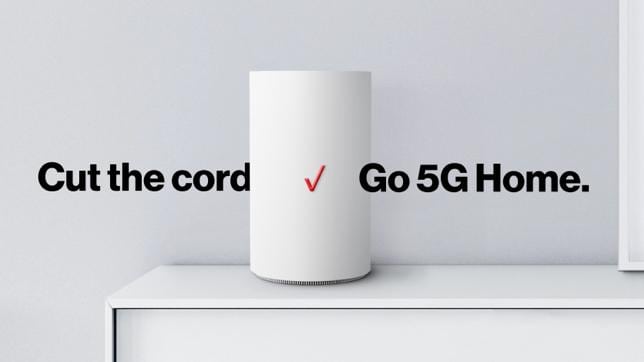Verizon has plans to expand roll-out, migrate to 5G NR
Having made its initial launch of a millimeter-wave-based 5G fixed wireless access service in four U.S. cities, Verizon will be “extremely aggressive” in its deployment plans for the technology, according to VP of Network Engineering Mike Haberman.
“You’re going to see us be extremely aggressive with the roll-out, continuing to take the leadership position that we have and continuing to grow the network,” Haberman said. In the short-term, he added, Verizon will both be expanding its coverage and simultaneously be weaving a migration path for its initial deployments to shift to 3GPP-based 5G New Radio.
Verizon has made its initial 5G Home service launches in Houston, Texas; Indianapolis, Indianapolis, Indiana; and Los Angeles and Sacramento, California.
Verizon’s initial launch is based on the work of its Verizon 5G Technical Forum, which was formed in late 2015 with partners including Cisco, Ericsson, Intel, LG, Nokia, Qualcomm and Samsung to get an early start on 5G technology outside of 3GPP’s work on 5G NR — which ended up being accelerated due to demand from the global industry.
The carrier plans to migrate 5G TF to 5G NR in the short-term, according to Haberman, who said that the shift can be accomplished primarily with software upgrades and some minor hardware replacements. Overall, he described the upgrade path to 5G New Radio as “not a big lift.”
Haberman said four things are needed for a 5G network: dark fiber; spectrum; densification; and a software-defined network, all of which Verizon has been working on in the past few years to assemble the underlying foundation for a 5G roll-out.
Haberman declined to give details on how many homes could be covered from a 5G site or the population of potential customers that Verizon is covering with this initial roll-out. But he called the deployments in the four cities “good-size implementations, much like you would see in the deployment of any big-scale network.”
“This is the first step,” he said. “This is a good first step in terms of designated areas of coverage, which [is] why we thought it was reasonable to launch this and sell it as an implementation.”
Asked about the implementation in Sacramento, where Verizon has a multi-year agreement to ease its access to infrastructure while partnering with the city on smart city projects, Haberman said the network there is a “very slick implementation that you would expect when you’re putting up 5G nodes, when you do this type of roll-out.”
In testing conducted earlier this year on Verizon’s 5G TF network in Houston, Signals Research Group found that millimeter wave signals were more robust than expected and provided high speeds — although not gigabit speeds — at distances of several thousand feet from a node.
Customers will receive two pieces of equipment with an installation of Verizon 5G Home, Haberman said: a router that provides Wi-Fi within the home, and a 5G modem that connects to the network. The modem will be placed inside or outside the home depending on the signal received at the home, Haberman said, adding that Verizon will be doing “white-glove installs for this first set of customers, because this is the first of it’s kind in the world, so we want it done right and things working well.”
Haberman also pointed out some of the subtleties of the speed conversations around both LTE Advanced Pro and 5G. When Verizon achieves better-than-gigabit speeds in LTE — as it did recently by utilizing six component-carrier aggregation — that number reflects peak speed for a single user in perfect radio conditions, Haberman said.
“When you talk about 5G, people tend to talk more about average speeds,” he said, adding that Verizon is seeing average speeds around 300 Mbps — “but certainly, you could easily get close to a gig right now, even in this first version of 5G.” And, he added, “that peak number is going to go up dramatically as we go along.”
“We do see this as the fourth Industrial Revolution, which goes to show you how aggressive that we’re going to be here,” he added. “That’s a pretty heavy statement.”

